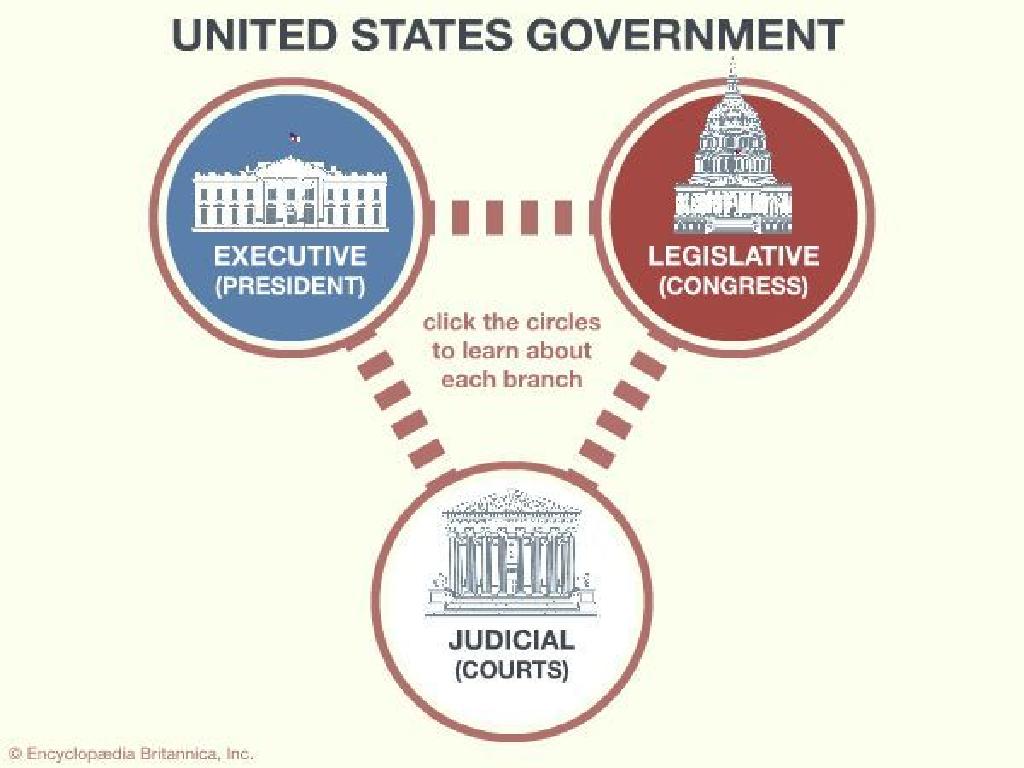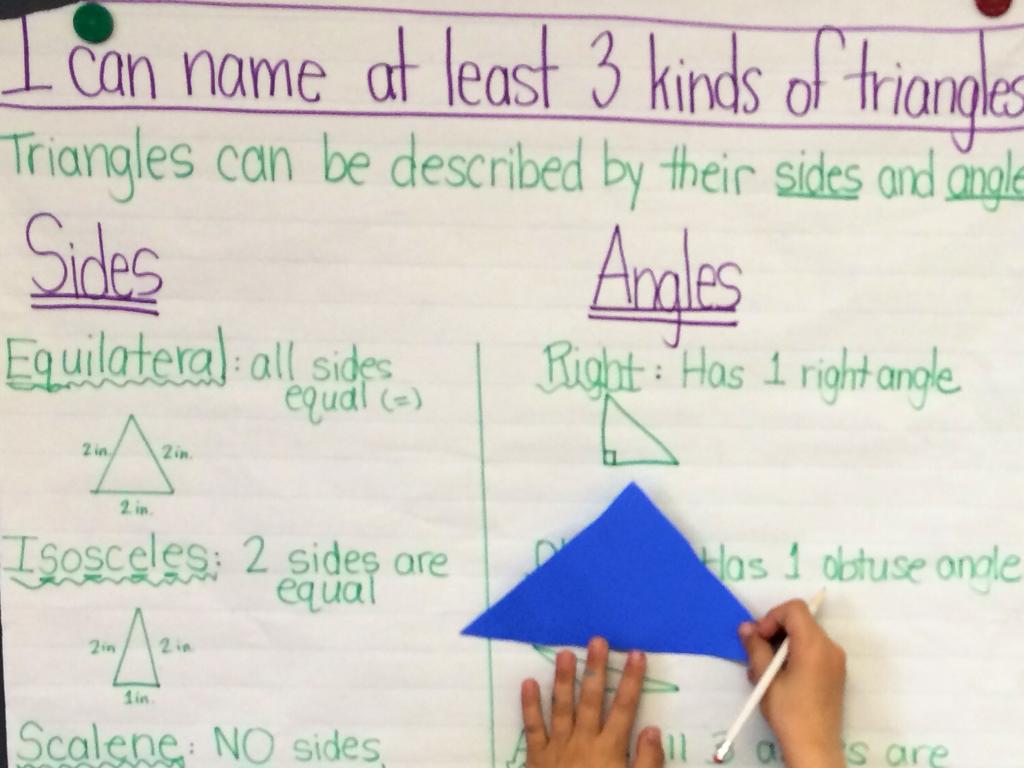Use Tables And Graphs To Identify Patterns About Kinetic Energy
Subject: Science
Grade: Eighth grade
Topic: Kinetic And Potential Energy
Please LOG IN to download the presentation. Access is available to registered users only.
View More Content
Exploring Kinetic & Potential Energy
– Energy: The capacity to do work
– Energy enables us to perform tasks and cause changes.
– Kinetic vs. Potential Energy
– Kinetic energy is motion energy; potential energy is stored energy.
– Real-life examples of energy
– Roller coasters: Kinetic energy at the bottom, potential at the top.
– Observing energy in action
– Use graphs to see speed changes; tables to compare energy values.
|
This slide introduces the fundamental concepts of energy, focusing on kinetic and potential forms. Begin by defining energy as the ability to perform work or cause change. Differentiate between kinetic energy, which is associated with objects in motion, and potential energy, which is stored and based on position. Use tangible examples like roller coasters to illustrate these concepts, where kinetic energy is highest at the bottom of the track and potential energy is highest at the top. Encourage students to think of other examples from their daily lives. Introduce the use of tables and graphs as tools to identify and compare patterns in kinetic and potential energy, setting the stage for more in-depth exploration and activities in subsequent lessons.
Exploring Kinetic Energy
– Kinetic Energy defined
– Energy of motion possessed by objects
– KE = 1/2 mv^2 explained
– KE depends on mass (m) and velocity (v) squared
– Mass impact on KE
– More mass means more KE, if velocity is constant
– Velocity’s role in KE
– Higher velocity dramatically increases KE
|
This slide introduces the concept of Kinetic Energy (KE) as the energy an object possesses due to its motion. The formula KE = 1/2 mv^2 is central to understanding how both mass and velocity affect an object’s kinetic energy. Emphasize that while both mass and velocity influence KE, the velocity’s contribution is squared, making it exponentially impactful. Use examples like a rolling ball (increasing mass or velocity) to illustrate how KE changes. Encourage students to think of real-life scenarios where kinetic energy plays a role and to consider how changes in mass and velocity might alter the energy observed.
Graphing Kinetic Energy
– Plotting kinetic energy on a graph
– Kinetic energy (KE) can be visualized by plotting mass and velocity on a graph.
– Understanding graphs: slope and area
– The slope represents the rate of change in KE, while the area under the curve can indicate total energy.
– Activity: Craft your kinetic energy graph
– Analyzing patterns in kinetic energy
– Observe how changes in mass or velocity affect KE.
|
This slide introduces students to the concept of graphing kinetic energy as a way to visualize and understand its behavior. Start by explaining how to plot kinetic energy using mass and velocity as variables. Discuss the significance of the slope of the graph, which shows how kinetic energy changes with either mass or velocity. The area under the graph can also provide insights into the total kinetic energy over a period of time. For the activity, provide students with data to plot their own graphs and identify patterns in kinetic energy. Encourage them to consider how different slopes and areas on the graph relate to real-world scenarios, such as a car accelerating or a ball rolling down a hill. This hands-on activity will help solidify their understanding of kinetic energy and its graphical representation.
Exploring Potential Energy
– Define Potential Energy
– Stored energy due to position or shape
– Potential Energy Formula
– PE = mgh, where m=mass, g=gravity, h=height
– Types of Potential Energy
– Gravitational, Elastic, Chemical
– Examples in everyday life
– Water in a dam, stretched rubber band, food
|
Potential Energy (PE) is the energy that an object has due to its position, condition, or composition. The formula PE = mgh represents the gravitational potential energy where ‘m’ stands for mass, ‘g’ for the acceleration due to gravity, and ‘h’ for height above the ground. There are various types of potential energy, with gravitational being the most common, elastic potential energy found in objects that can be stretched or compressed, and chemical energy stored in the bonds of chemical compounds. Use everyday examples to help students relate to the concept, such as the energy stored in water at a dam (gravitational), a stretched rubber band (elastic), or the energy available in the food they eat (chemical). This slide aims to provide a foundational understanding of potential energy as a precursor to discussing kinetic energy and the transformation between the two.
Exploring Potential Energy with Tables
– Understanding potential energy
– Mass and height influence
– More mass or height means more potential energy.
– Activity: Calculating potential energy
– Use PE = mgh to calculate energy for various objects.
– Interpreting data from tables
– Look for patterns in how mass and height changes affect PE.
|
This slide introduces the concept of potential energy and how it can be analyzed using tables. Emphasize that potential energy is the energy stored in an object due to its position or height. Discuss how both mass and height are directly proportional to potential energy, meaning as they increase, so does the potential energy. The activity involves students calculating the potential energy (PE) of objects using the formula PE = mgh (mass x gravity x height), allowing them to see the practical application of the concept. Encourage students to observe how changes in mass and height affect potential energy by comparing their results in a table format. This will help them identify patterns and understand the relationship between mass, height, and potential energy.
Identifying Patterns in Kinetic and Potential Energy
– Explore kinetic & potential energy patterns
– Observe how energy transforms and identify consistent patterns
– Predict effects of variable changes
– Hypothesize how altering mass or speed affects kinetic energy
– Engage in group discussion
– Collaborate to discuss findings and insights
– Share observations with class
– Present your group’s conclusions and learn from others
|
This slide is aimed at guiding students through the process of understanding the relationship between kinetic and potential energy. Students should explore different scenarios where energy is transformed from one form to another and look for patterns in these transformations. They should also predict how changes in variables such as mass and velocity might affect the kinetic energy of an object. The group discussion is an interactive part of the lesson where students can share their observations and hypotheses. This will culminate in a class-wide sharing session to foster a collaborative learning environment. Teachers should facilitate the discussion, ensuring that each group has a chance to present and that key concepts are highlighted and understood by all students.
Energy Transformation: Potential to Kinetic
– Understanding energy transformation
– From potential to kinetic energy
– Potential energy stored due to position, transforms to kinetic as it moves.
– Real-world transformation examples
– Roller coasters at the top have max potential energy, which turns to kinetic when descending. Bouncing balls convert kinetic energy to potential when rising.
– Class Activity: Energy Hunt
– Observe and note down everyday objects that undergo energy transformation.
|
This slide introduces the concept of energy transformation, focusing on the shift from potential to kinetic energy. Begin by explaining that potential energy is the stored energy in an object due to its position or state, which can be converted into kinetic energy as the object begins to move. Use engaging examples like roller coasters, which have maximum potential energy at the peak and convert this to kinetic energy as they descend, and bouncing balls, which continuously convert kinetic energy to potential energy and back as they move. For the class activity, encourage students to look around their environment, at home or in school, to identify and write down instances where they can observe energy transformations taking place. This activity will help solidify their understanding of the concept through practical observation. Provide a worksheet for students to record their observations, and prepare to discuss these examples in the next class.
Class Activity: Energy Scavenger Hunt
– Understand scavenger hunt rules
– Work in groups to observe energy
– Observe surroundings for energy forms
– Identify kinetic and potential energy
– Kinetic: moving objects; Potential: positioned objects
– Prepare to present findings
|
This class activity is designed to engage students in a hands-on learning experience about kinetic and potential energy. Students will work in groups to identify real-life examples of both forms of energy. Kinetic energy can be observed in objects that are in motion, such as a rolling ball, while potential energy is stored in objects based on their position, like a book on a shelf. After the scavenger hunt, each group will present their findings to the class, explaining the science behind each example. This will reinforce their understanding of the concepts and improve their communication skills. Possible activities include identifying playground equipment that uses kinetic energy, objects on high shelves for potential energy, and observing cars in motion for kinetic energy.
Conclusion: Kinetic & Potential Energy
– Recap: Kinetic vs. Potential Energy
– Kinetic energy is motion energy, potential energy is stored energy.
– Energy’s role in daily life
– Energy powers our homes, cars, and technology.
– Analyzing energy with tables & graphs
– Graphs show relationships, like speed affecting kinetic energy.
– Open floor for Q&A session
|
As we wrap up, revisit the core concepts of kinetic energy (energy of motion) and potential energy (stored energy). Emphasize how these forms of energy are fundamental to understanding physics and are omnipresent in our daily lives, from the electricity powering our homes to the fuel in our vehicles. Highlight the use of tables and graphs as tools to identify patterns and relationships in data about kinetic energy, such as how it increases with speed. Finally, open the floor for a question and answer session to address any uncertainties and ensure students have a solid grasp of the material covered. Encourage students to ask questions about anything from the lesson that they might not have fully understood.





